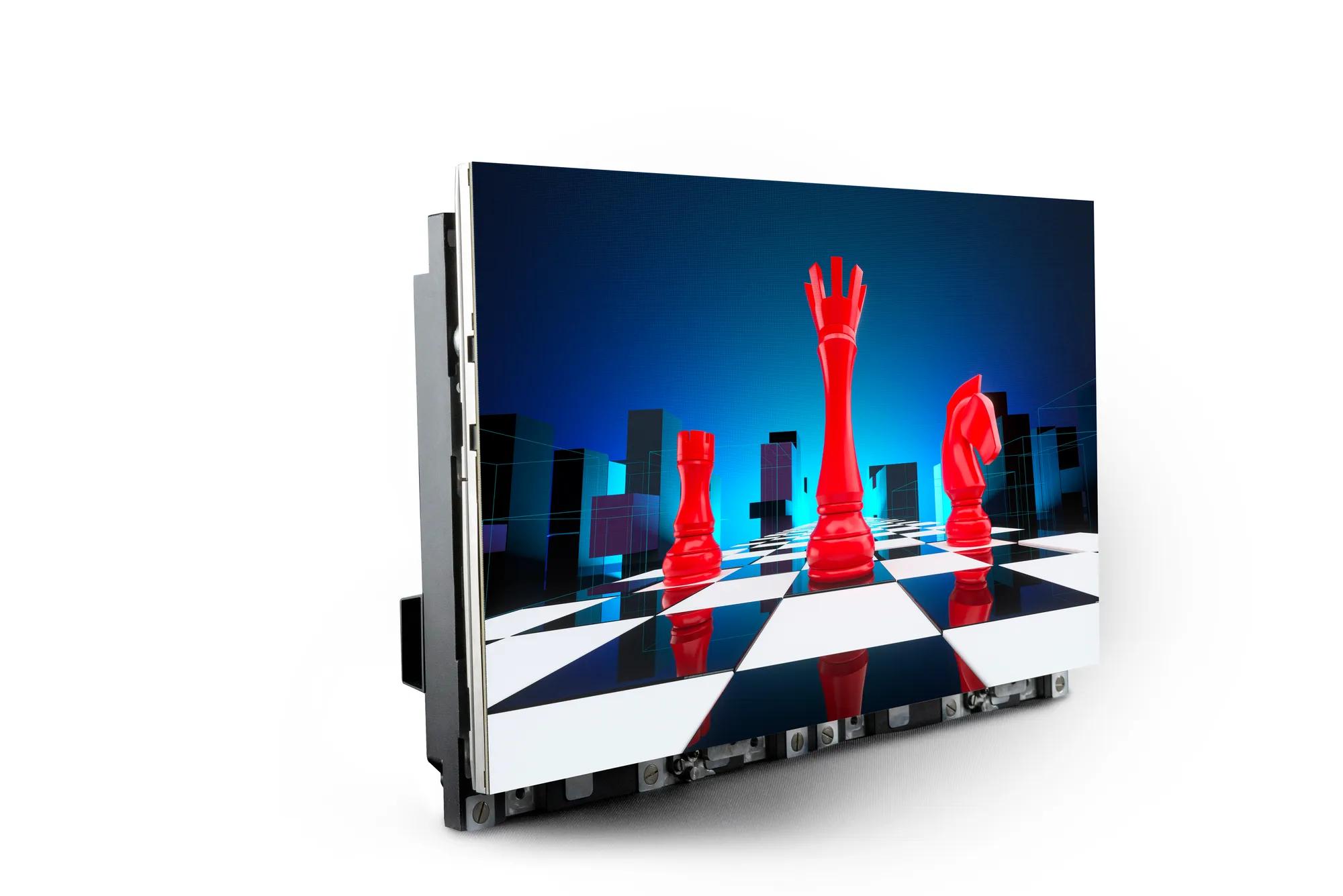The caliber of the LED elements plays a major role in color uniformity. Different types of light-emitting diodes emit light at different wavelengths, which can affect the total hue output. Premium light-emitting diodes are engineered to produce a more uniform light spectrum, leading in improved hue accuracy. Additionally, the production process of these LEDs can affect their performance. Panels made with high-grade materials and technology tend to have fewer hue differences, guaranteeing that the displayed pictures and videos look vibrant and faithful to life.

Tuning is another crucial element in preserving hue uniformity in light-emitting diode wall panels. Tuning involves adjusting the visit this website settings of the screen to make certain that the colors shown match the intended design. This procedure can include adjusting brightness, differentiation, and color equilibrium. Regular calibration is necessary, especially in settings where lighting conditions change often. By calibrating the panels, specialists can fix any discrepancies in hue output, resulting to a more consistent observing encounter.
Environmental conditions also influence color consistency in LED wall panels. Factors such as surrounding light, heat, and moisture can influence how colors are seen. For instance, bright ambient light can wash out hues, making them look more vibrant. Similarly, harsh temperatures can influence the performance of the LEDs, resulting to hue shifts. To mitigate these issues, it is crucial to install light-emitting diode wall screens in managed settings where illumination and heat can be managed efficiently.
Lastly, the design and arrangement of the LED wall panels can affect hue consistency. The arrangement of the screens, as well as the spacing from which they are viewed, can create differences in color recognition. When screens are arranged too distant apart or at varied positions, audiences may detect inconsistencies in color. To obtain the best visual output, it is important to consider the placement and arrangement of the panels during setup. By tackling these factors, users can guarantee that their LED wall screens deliver a consistent and superior optical experience.